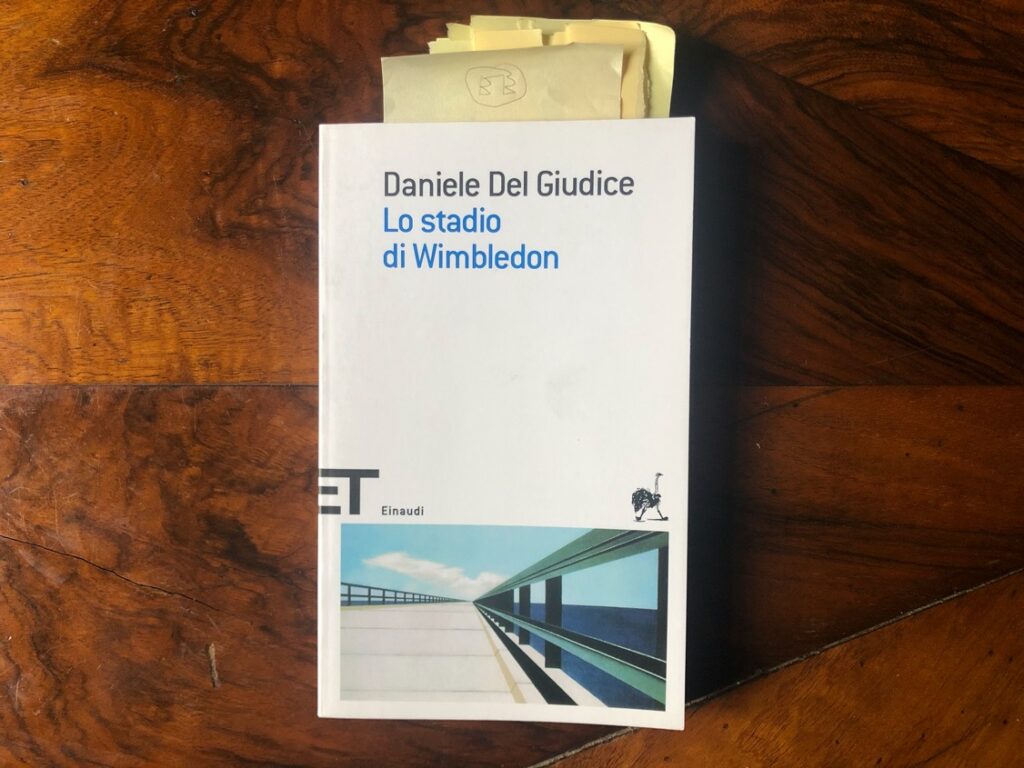Essay
Note
Presentation
Products In Architecture: From Formation To Effect And To Meaning

Gennaro Postigklione shares the presentation and the minutes of his lecture at PhD DARA11 Symposium.
Gennaro Postiglione
Essay
Note
Presentation
April 16, 2022
View
Products In Architecture: From Formation To Effect And To Meaning
Gennaro Postiglione

© Gennaro Postiglione

© Gennaro Postiglione


© Gennaro Postiglione

© Gennaro Postiglione

© Gennaro Postiglione
Gennaro Postigklione shares the presentation and the minutes of his lecture at PhD DARA11 Symposium.




